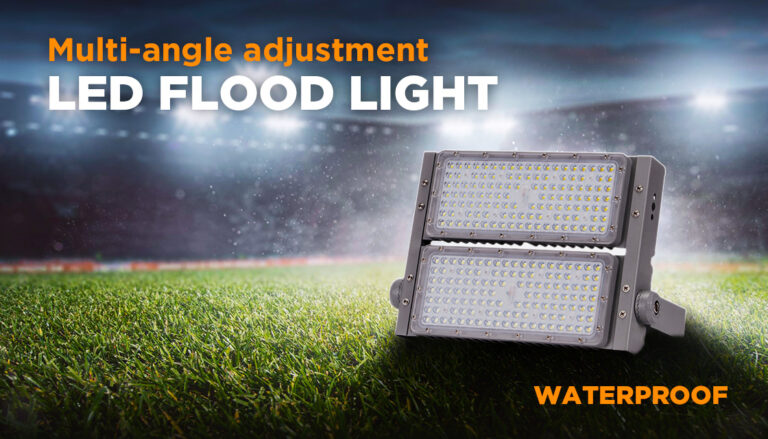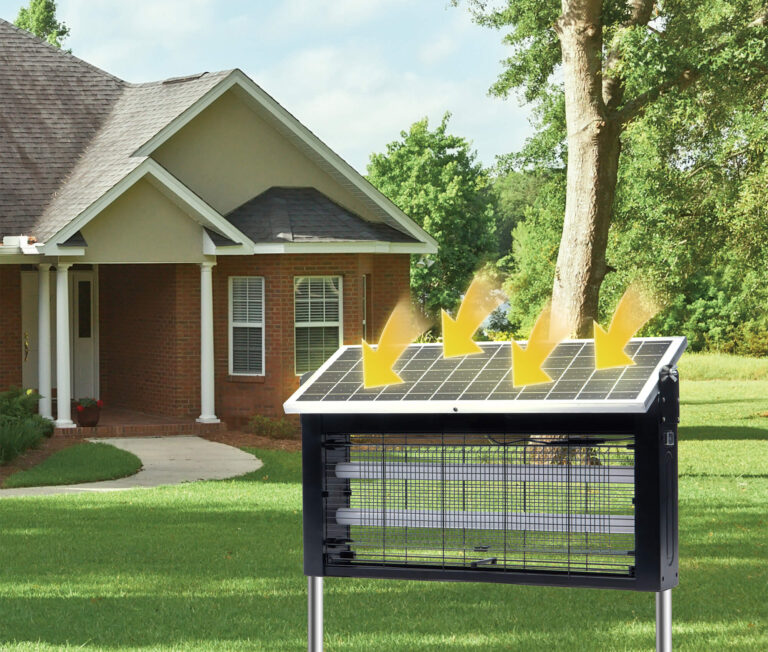1. Introduction
Solar lights are widely used across Latin America, especially in off-grid rural areas, indigenous communities, and temporary settlements, where electricity infrastructure is unreliable or unavailable. Countries like Mexico, Chile, and Brazil benefit from high solar irradiation, making solar lighting a sustainable solution. However, environmental factors such as extreme heat, heavy rainfall, dust, and humidity can lead to performance issues.
Common Solar Light Failures in Latin America
– Complete failure (battery or circuit issues)
– Short nighttime operation (poor charging or degraded battery)
– Flickering or partial LED failure (moisture or wiring problems)
– Daytime charging failure or no activation at night (faulty light sensor or controller)
2. Troubleshooting and Solutions (Region-Specific)
2.1 Battery Issues (Heat and Humidity Impact)
Signs:
– Light does not turn on or stays on for only a few minutes (common in hot regions like northern Mexico).
– Corrosion on battery terminals due to humidity (e.g., coastal areas of Brazil).
Causes:
– Lead-acid batteries degrade faster in heat (e.g., Atacama Desert, Chile).
– NiMH batteries leak in humid conditions (e.g., Amazon rainforest).
Solutions:
✔ Replace with lithium-ion batteries (e.g., 18650 or LiFePO4 for better heat resistance).
✔ Clean corroded terminals (use vinegar or baking soda paste).
✔ Improve waterproofing (apply silicone sealant to battery compartments in rainy regions like Colombia).
2.2 Solar Panel Problems (Dust, Angle, Shading)
Signs:
– Weak charging despite sunny weather (e.g., dust buildup in Peru’s arid zones).
– Reduced efficiency during rainy seasons (e.g., Panama’s tropical climate).
Causes:
– Dust, sand, or bird droppings block sunlight (common in desert areas).
– Incorrect panel tilt (near the equator, panels should be almost flat).
– Shading from trees or buildings (e.g., indigenous villages in the Amazon).
Solutions:
✔ Clean panels weekly (use a soft cloth and water; avoid abrasive materials).
✔ Adjust tilt angle (0°-10° near the equator, 15°-25° in higher latitudes).
✔ Relocate panels to avoid shadows (use a solar pathfinder tool if needed).
2.3 LED or Wiring Failures (Moisture & Voltage Spikes)
Signs:
– Some LEDs do not light up or flicker (common in humid areas like Manaus, Brazil).
– Complete circuit failure (e.g., due to voltage fluctuations in Venezuela).
Causes:
– Water ingress corroding connections (e.g., heavy rains in Central America).
– Cheap LED drivers burning out (low-quality solar lights fail quickly).
Solutions:
✔ Use waterproof LED modules (IP65 or higher rating).
✔ Check and reseal wiring connections (apply anti-corrosion spray).
✔ Install a voltage regulator (for unstable power conditions).
2.4 Light Sensor or Controller Malfunctions (UV & Extreme Weather)
Signs:
– Light stays on during the day (e.g., UV damage in Chile’s desert).
– Does not turn on at night (e.g., cold temperatures in Bolivian highlands).
Causes:
– Photoresistor degradation (prolonged sun exposure).
– Moisture or lightning damage (common in storm-prone regions like the Caribbean).
Solutions:
✔ Test the light sensor (cover it to simulate darkness).
✔ Replace damaged controllers (choose weather-resistant models).
✔ Install lightning arrestors (for areas with frequent thunderstorms).
2.5 Installation & Environmental Optimization
Case Studies:
– Mexico (Desert Climate): High temperatures + sand → battery overheating + dirty panels.
Solution: Use ventilated battery enclosures + frequent cleaning.
– Peru (High Altitude): Cold nights reduce battery efficiency.
Solution: Use LiFePO4 batteries (better cold performance).
– Amazon Rainforest: Tree shade limits charging.
Solution: Install panels on tall poles or use centralized solar systems.
3. Preventive Maintenance Plan
To maximize solar light lifespan in Latin America:
✅ Monthly Checks:
– Clean solar panels (critical in dusty areas).
– Test battery voltage (replace if below 11V for 12V systems).
✅ Pre-Rainy Season Preparation:
– Seal all electrical connections (use waterproof tape or silicone).
– Secure mounting brackets (strong winds can misalign panels).
✅ Battery Replacement:
– Every 2 years (or sooner in extreme heat).
4. Conclusion
Solar lights in Latin America must be adapted to local conditions—heat, dust, rain, and humidity are major challenges. Key recommendations:
✔ Use high-quality components (lithium batteries, waterproof LEDs).
✔ Optimize installation (correct angle, no shading).
✔ Follow a maintenance schedule (cleaning, battery checks).
By implementing these solutions, solar lights can provide reliable, long-lasting illumination across diverse Latin American environments.





